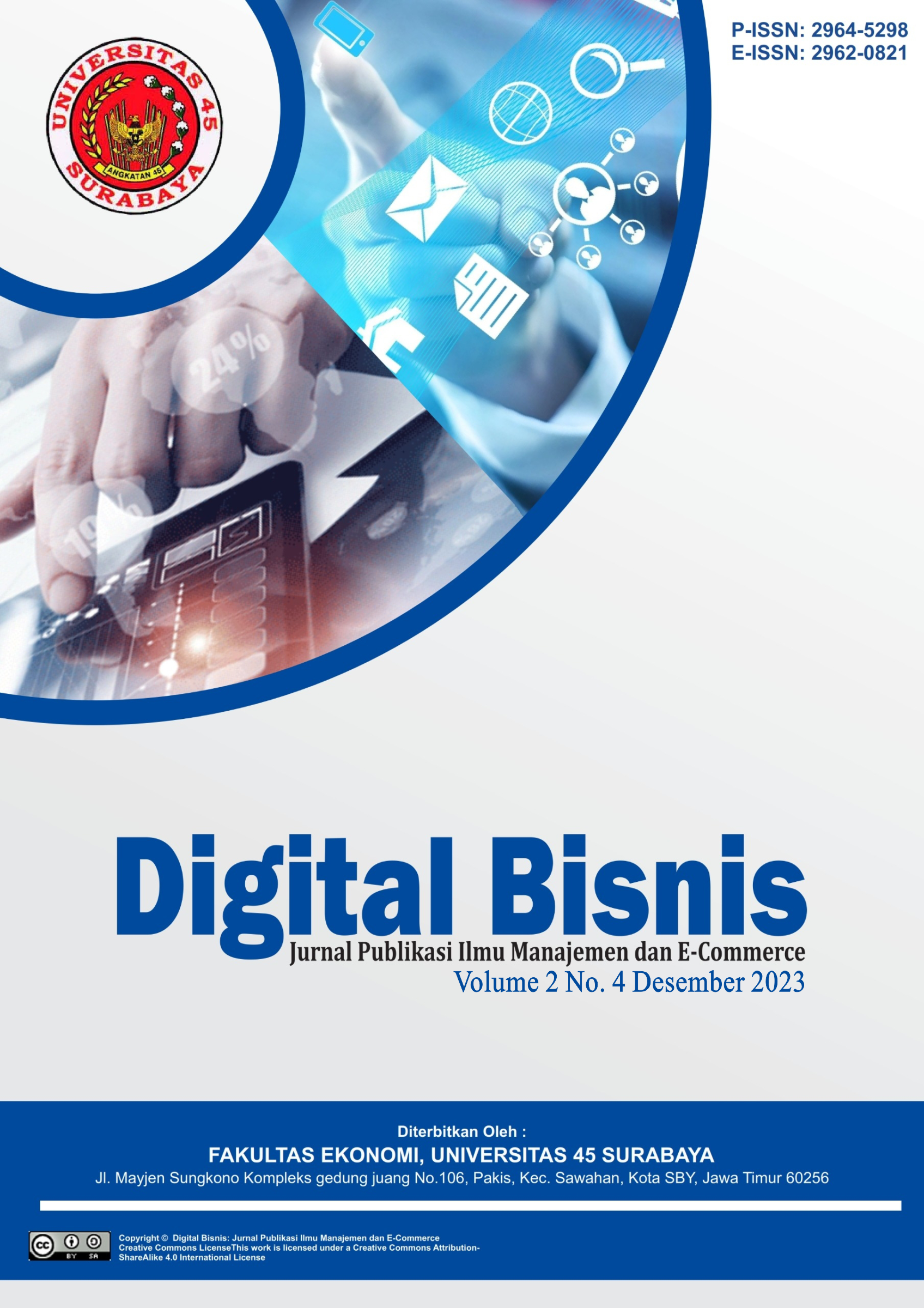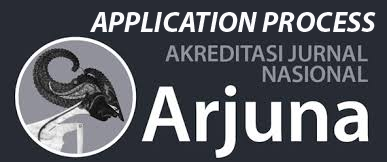Dhoho Street Fashion (DSF): Government Strategy In Creating Brand Image Of Tenun Ikat Bandar Kidul Kediri
DOI:
https://doi.org/10.30640/digital.v2i4.1790Keywords:
Brand Image, Local Product, MSMEs DevelopmentAbstract
Dhoho street fashion is held every year, the kediri city government tries to introduce tenun ikat bandar kidul. Tenun ikat bandar kidul is unique because it reflects the culture, tourism and social conditions of the kediri community. Tenun ikat bandar kidul has become a global fashion concern because of its detailed manufacturing process, motifs and colors that reflect kediri's identity. The research was conducted using interviews, direct observation of tenun ikat entrepreneurs in bandar kidul, and the dhoho street fashion event. With the hope that people can wear clothes made from traditional tenun ikat bandar kidul fabric, dhoho street fashion seeks to introduce tenun ikat bandar kidul products to the wider community with the aim of creating a brand image. The results of this research show that the existence of dhoho street fashion which is organized by the government and stakeholders can create a good brand image for tenun ikat bandar kidul.
References
Aaker, J.L. 1997. Dimensions of Brand Personality. Journal of Marketing Research,
(August 1997), pp. 347-356.
Agustyanila, H. 2015. Perkembangan Ragam Hias dan Warna Tenun Ikat Bandar Kidul Kota Kediri Jawa Timur. E - jurnal Volume 09 Nomor 2 Tahun 2020. Edisi Yudisium Agustus 2020, Hal 20-25.
Andriani, N., & Fahminnansih, F. 2013. Branding Sentra Kerajinan Tenun Ikat Bandar Kidul. Createvitas, 2(2), 181 – 194.
Atmoko, T. 2015. Perkembangan Ragam Hias Tenun Ikat Gedok Bandar Kidul Mojorto Kota Kediri Jawa Timur. Jurnal Seni Budaya 13(1), 22 – 31.
Blackett, T. 1991. Brand Valuation, (2nd ed.). Business Books Limited, London, Sydney, 2.
Britt, S. H. 1966. Consumer Behaviour and the Behavioral Sciences: Theories and
Applications. New York: John Wiley & Sons, Inc.
Febrianto, W. A., Ernawati, P., & Marah, S. 2021.Tenun Ikat Kediri dalam Fotografi Dokumenter. Journal of Photography, Arts, and Media, 5(2), 120 – 132.
Howard, J. H. 1989. Buyer Behavior in Marketing Strategy. Second Edition, Prentice Hall,
pp. 27-42.
I, Novia, dkk. 2021. Perkembangan Tenun Ikat Kediri Masa Pandemi Covid 19. SEMDIKJAR 4
Ismani, Platomi. 2008. Pengaruh Citra Merek. FISIP UI.
Junghyun Jang, E. K. 2012. A Study of a Social Content Model for Sustainable Development in the Fast Fashion Industry. Journal of Global Fashion Marketing: Bridging Fashion and Marketing , Volume: 3 (Issue: 2), Pages: 61-70.
Kartiwa. 2007. Tenun Ikat: Ragam Kain Tradisional Indonesia. In Tenun Tradisional. PT. Gramedia Pustaka Utama.
McEnally, M. and Chernatony L. de (1999), “The Evolving Nature of Branding: Consumer
and Managerial Considerations”, Academy of Marketing Science Review, 02-99.
McEnally, M. and Chernatony L. de.1999. The Evolving Nature of Branding: Consumer and Managerial Considerations. Academy of Marketing Science Review, 02-99.
Priest, A. 2005. Uniformity and Differentiation in Fashion. International Journal of Clothing Service and Technology, 17(3/4), 253–263.
Rajput, N., Kesharwani, S., & Khanna, A. 2012. Consumers’ Attitude towards Branded Apparels: Gender Perspective. International Journal of Marketing Studies, 4(2), 111–120.
Rustan, Surianto S.Sn. 2011. Huruf Font Tipografi. Jakarta: Gramedia Pustaka Utama.
Simone Guercini, Pedro Mir Bernal & Catherine Prentice. 2018. New marketing in fashion e-commerce. Journal of Global Fashion Marketing, 9:1, 1-8, DOI: 10.1080/20932685.2018.1407018.
Skov, L., Skjold, E., Moeran, B., Larsen, F., & Csaba, F. 2009. The Fashion Show as an Art Form. Department of Intercultural Communication and Management, Copenhagen Business School.
Downloads
Published
Issue
Section
License
Copyright (c) 2023 Digital Bisnis: Jurnal Publikasi Ilmu Manajemen dan E-Commerce

This work is licensed under a Creative Commons Attribution-ShareAlike 4.0 International License.








